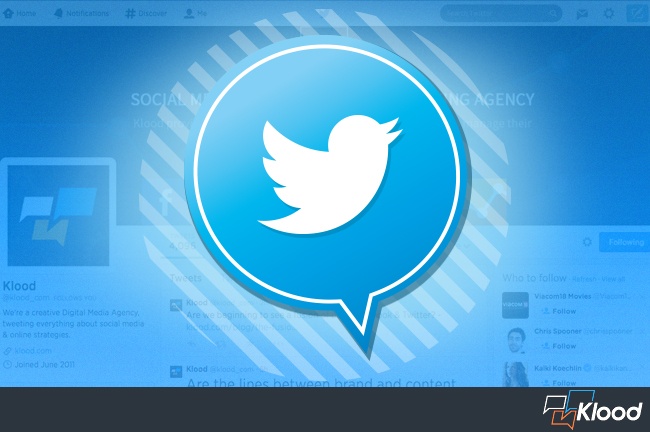Twitter's latest feature test, as reported by the Wall Street Journal earlier this week, aims to better define trending hashtags by placing full translations beneath them in the trending feed. For example #oitnb translated to 'Orange is the New Black' and #manutd, Manchester United. However with many hashtags being quite self explanatory such as #manutd what is the purpose of this new feature and how will it benefit brands and users?
It has been speculated by some that the decline in user growth has caused Twitter to try to appeal to new users and make the social media platform more user friendly for those who are less familiar with internet trends such as #tbt (Throwback Thursday).It is not yet clear how this feature will select which hashtags to translate with important trending news hashtags such as #MH17 (missing Malaysian Airlines Flight 17) being omitted from the test. In addition if only trending or popular hashtags are being selected for translation will the more obscure hashtags, that may actually require translation, become even more off putting to new Twitter users?
Although the feature test seems to have set out to provide clarity, it appears to have created more questions than answers. Hashtag definitions in theory are great for new users and could potentially help to grow the Twitter audience and appeal to different demographics but shouldn't impact on experienced users. The feature also looks to provide little benefit to brands unless they are using the most popular hashtags but it will be interesting to see, if implemented, how the hashtags that are translated are selected and if it does result in user growth or a backlash from hashtag veterans.
Stay Updated with Our Latest Insights
Get expert HubSpot tips and integration strategies delivered to your inbox.



